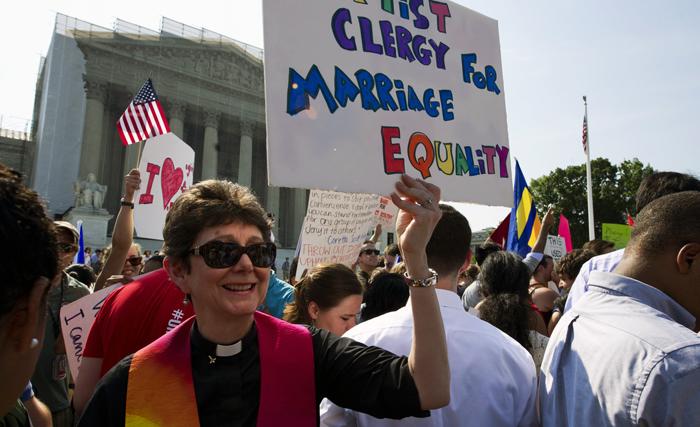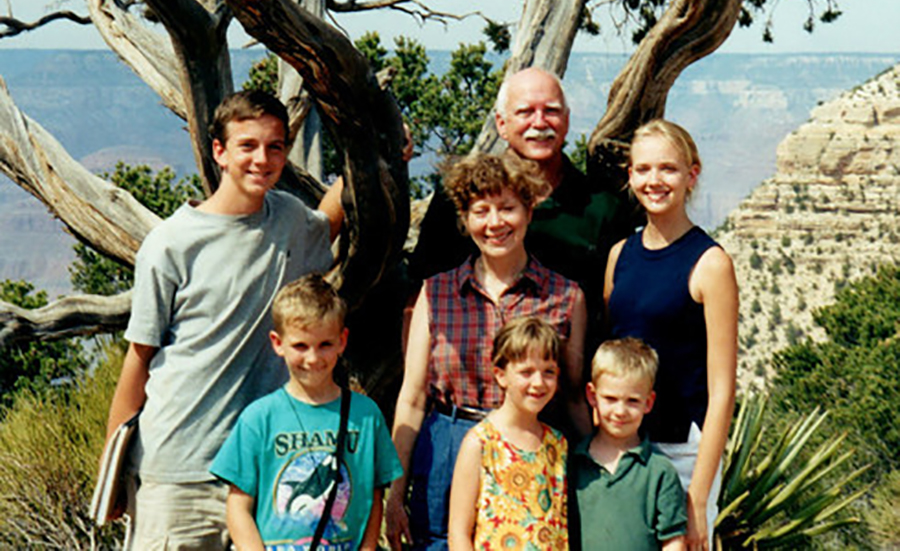I work with some terrific editors who understand the subtle difference between directing a writer and correcting their work. Both are important; and both are vital to a successful story. But the secret to that success lies in understanding when and where to apply each skill in practice.
Correction is, in general, the easiest to define. Take something wrong, invalid, or mistaken and make it right, valid, and accurate. But this involves much more than a quick spelling or grammar check. Editorial correction can apply to form, function, content, or context. It is objective and based on understood norms.
Directive editing is not so simple, not so cut and dried. Here’s what my friend, Penny Fletcher, noted author and fantastic editor, has to say about the editorial direction process:
“Directive editing involves a lot of one-on-one work, developing plots, characters, dialogue and settings. These are the make or break elements that can be the difference between getting published and getting rejected. Authors should think of this process as story development, not correction.”
What Penny is saying here is that directive editing requires some creative and constructive give and take between the writer and the editor. To make this work, both individuals have to be adults throughout what can be a painful process.

Yes, it hurts when your editor calls you up to tell you a particular setting or section or plot point just doesn’t work. Many first-time authors get so upset by the criticism they forget to listen to the “why.” There can be many reasons:
Does it feel too surreal?
Is it too different from the vibe and feel of the rest of the work?
Does it slow down the plot or create confusion?
Does the dialogue feel real or forced or farcical?
What, exactly, is causing the editor to offer direction?
If you get offended when someone you hired to be honest with you wants to apply a few grace notes to “your baby” you will miss out on a truly wonderful opportunity to create something that is infinitely better than the sum of its parts.
Consider this: your editor is only doing what she is paid to do. It’s not personal. And, believe me, it can be difficult. As an editor, you understand that people are entrusting you with their heart and soul when they hand over that manuscript. More than a few times I’ve had writers inform me that “the manuscript is done, it just needs a little cleaning up” only to dig in and discover the what they think “needs cleaning up” is really a giant landfill of a mess.
The truth is, until you have established yourself as an author, you really don’t know whether or not a story is “ready.” And, if you don’t trust your editor, you may never learn.
Remember these keys
Good editors are there to serve writers. They want you to be successful. The better job they do, the better your work will be. And, the better they do their job, the more momentary pain you will experience.
Good editors will not try to re-write your story, however they will make changes and suggestions that allow you to improve. And, if your story needs to be re-written, they will tell you.
Good editors are on your team and are working hard to see you get a win. Even when they are being critical, they are being constructive.
Good editors will be specific. If an editor offers general advice but does not give you specific examples or specific direction, what they have done is offer an opinion, not edit a story. So, don’t be afraid to ask for specific suggestions. It will only help you as a writer.

5 Cups of Coffee
Ferris Bueller said life goes by too fast. If you don’t stop and look around once in a while, you just might miss it. I wondered if maybe “once in a while” just isn’t enough. We put so much emphasis on weekends and annual vacations we drain the fun and...

Gay Marriage & Religious Freedom
Every since the SCOTUS agreed to hear arguments related to gay marriage, some very prominent religious leaders have stated that legally protected gay marriage could force churches to perform gay weddings. Those leaders are lying … and they know it. Now...

Outdoors Adventure in Appalachian Foothills
The forests, foothills, rivers and valleys that span the boundary between Georgia and Tennessee are some of the oldest “destinations” in the United States. Pioneers from the original 13 colonies were bushwhacking into this beautiful country over the “Far...

20 Years, 5 Kids, and a 10-Ton Tomato Box
Bob Farewell made his first cross-country RV trip in 1967. “I grew up in Berkeley in the 1960’s. Frustrated with what the culture was doing around me, I decided to get away.” To make his escape, Bob bought a 1955 Metro step van and converted it into an RV....

Destin, FL — The Heart of the Emerald Coast
With Pensacola Beach an hour’s drive west and Panama City Beach the same distance to the east, the cozy coastal town of Destin, Florida is the perfect staging point for an exploration of the Sunshine State’s Emerald Coast. But this is not just a spot to...
No Results Found
The page you requested could not be found. Try refining your search, or use the navigation above to locate the post.


0 Comments